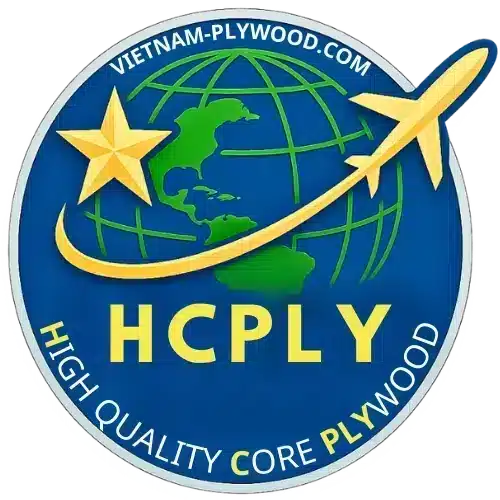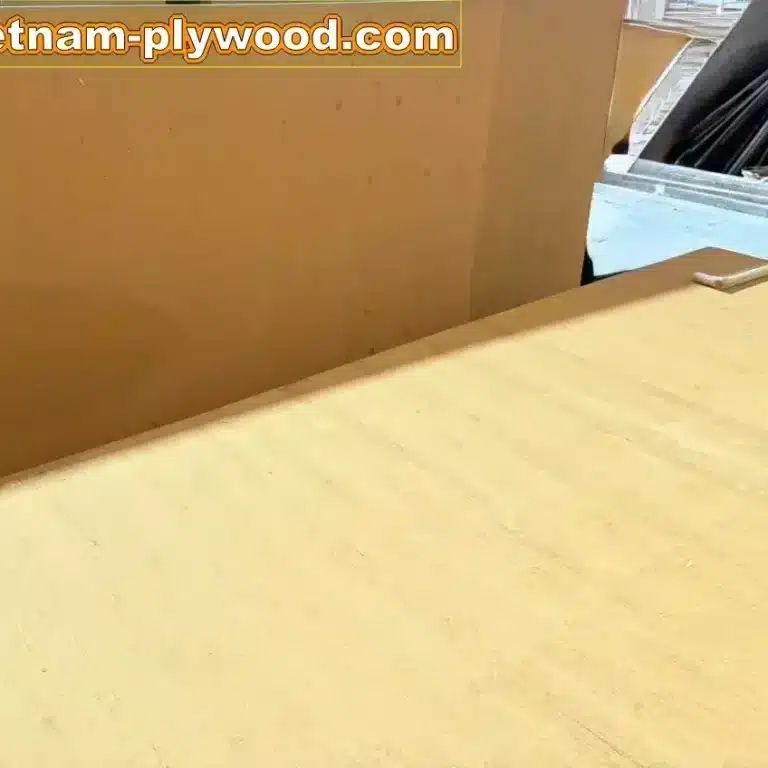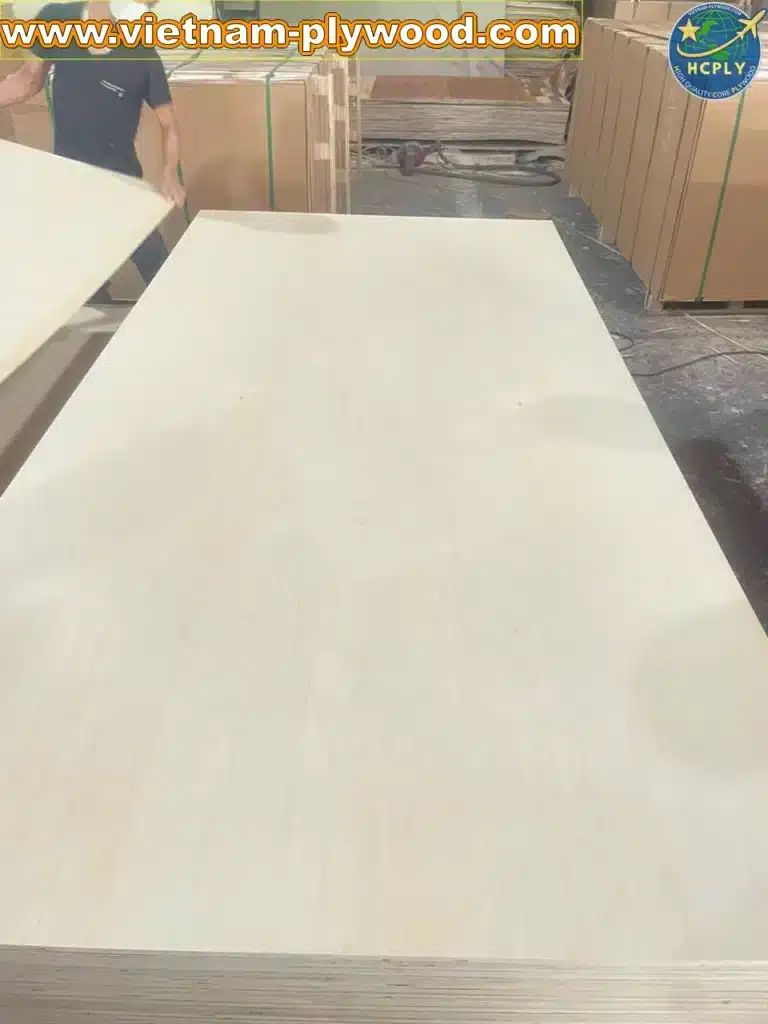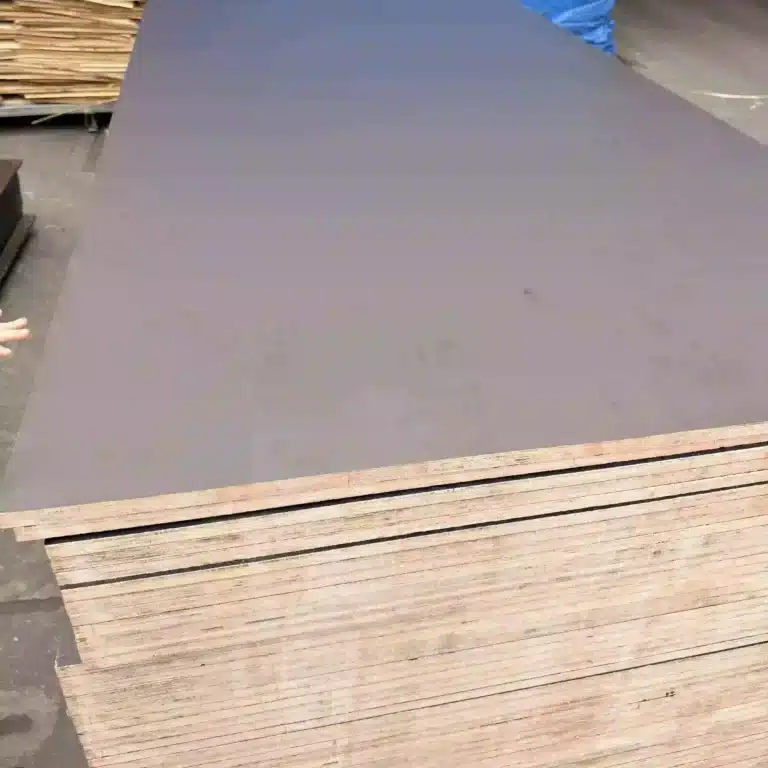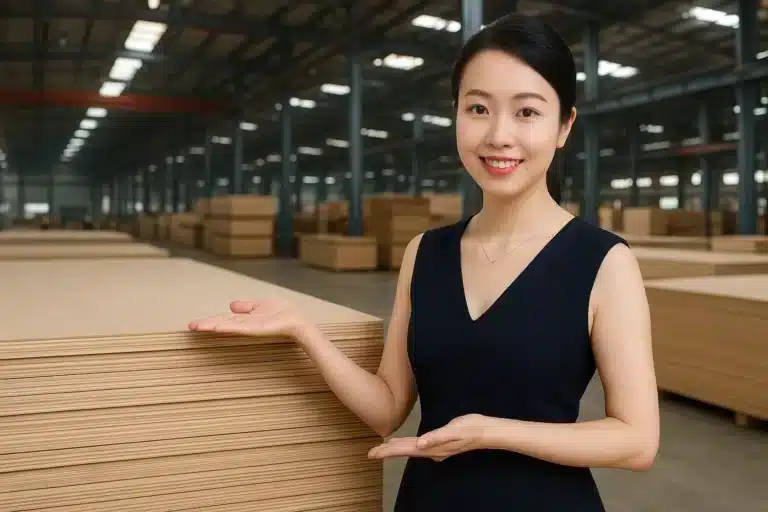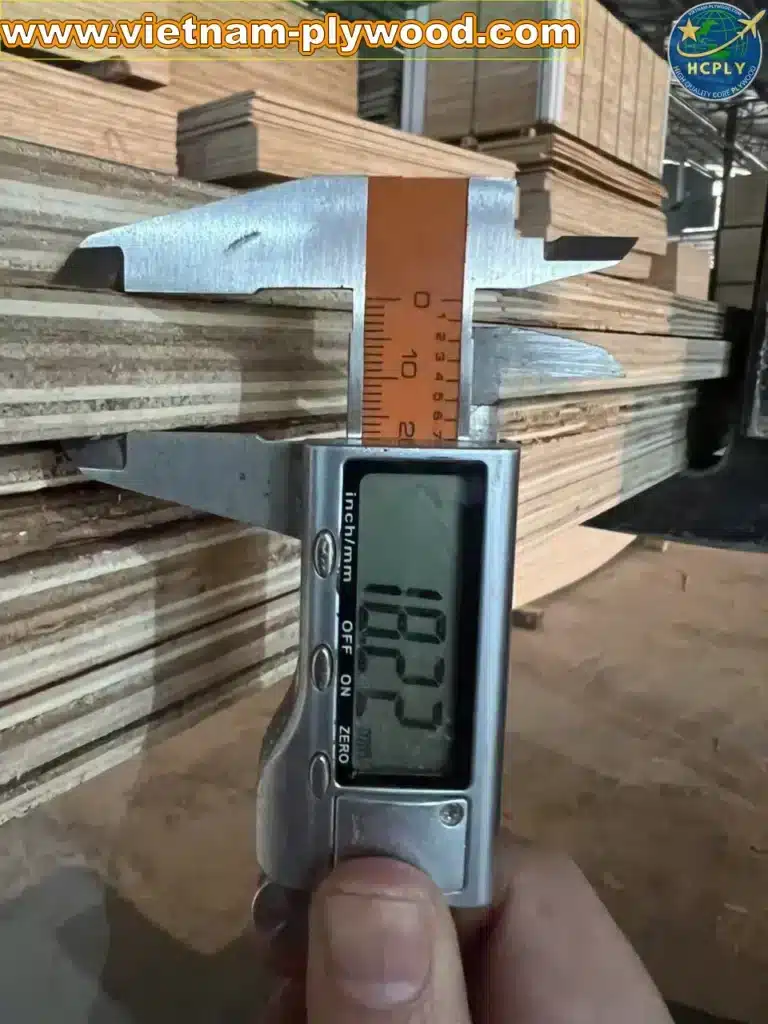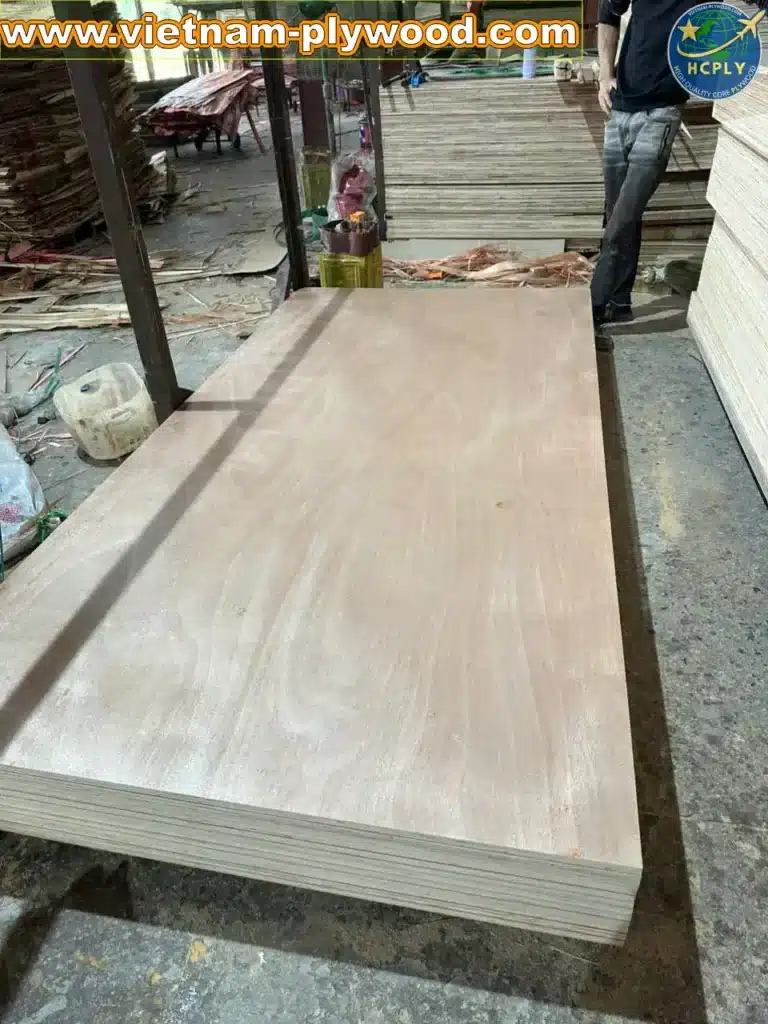Vietnam Plywood Moisture Content Standards and Testing
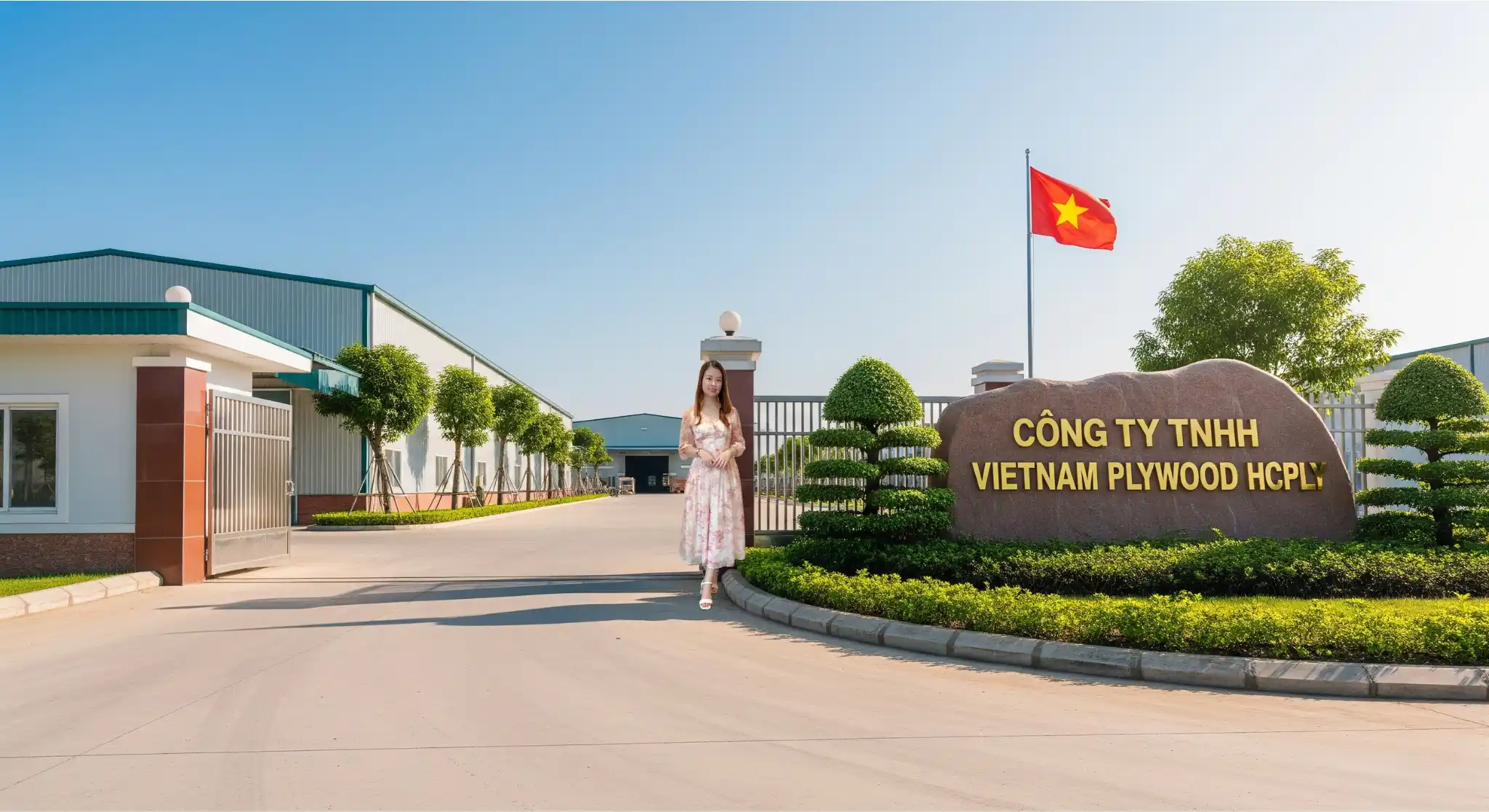
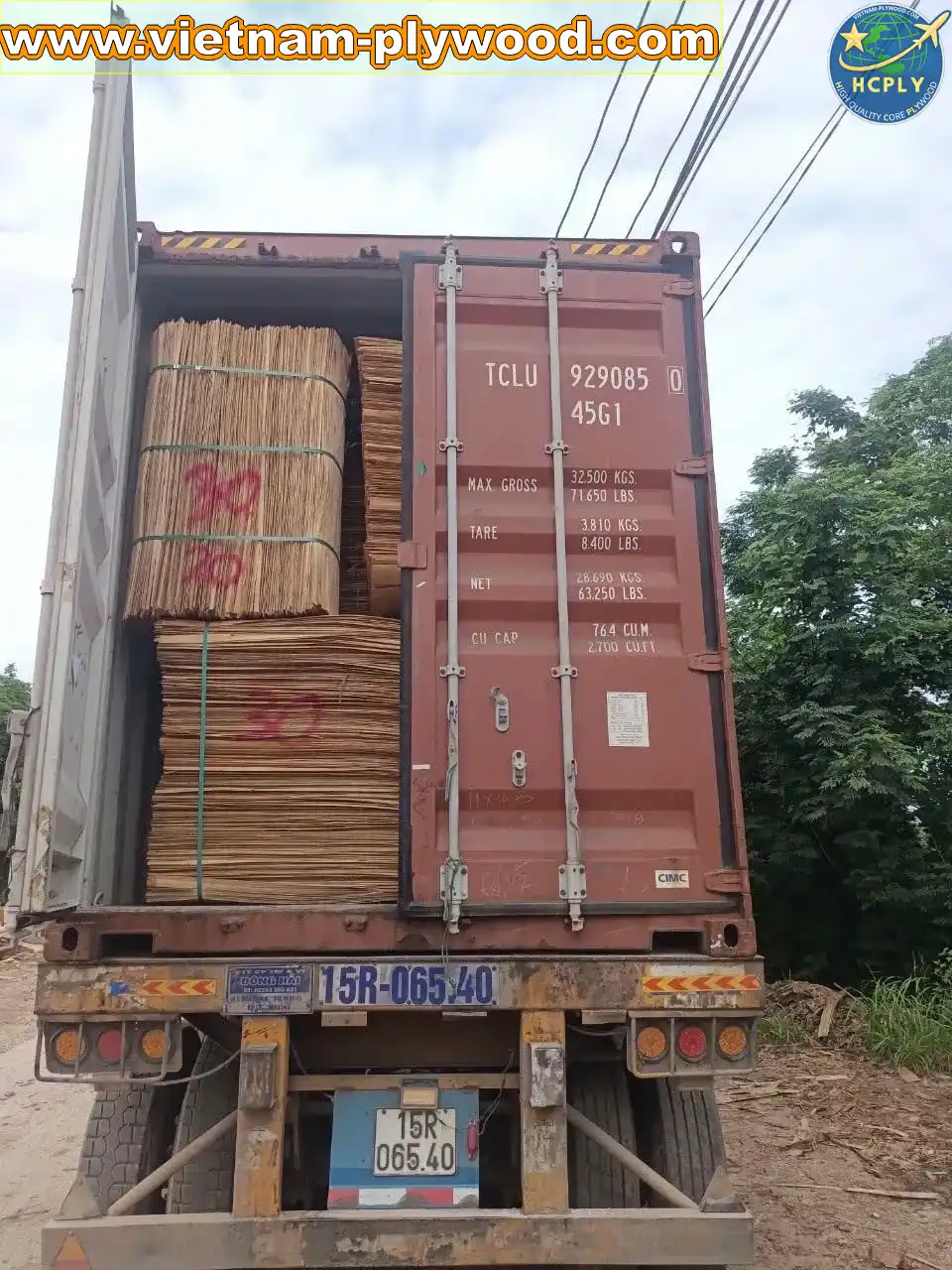
Moisture content is a critical factor in plywood quality, affecting dimensional stability, bonding strength, and resistance to warping or mold. Vietnam’s plywood manufacturers follow specific moisture standards to meet international export requirements. Understanding these limits and testing methods ensures products maintain performance during shipping and long-term use.
💧 Vietnam Plywood Moisture Content – The Essential Guide for Quality & Export Success
🏆 1. Opening Insight – Moisture Control as the Heart of Plywood Quality
When exporting plywood from Vietnam, vietnam plywood moisture content is not just a technical detail — it’s the silent foundation of product performance. Moisture directly impacts dimensional stability, bonding strength, and long-term durability.
If panels contain too much moisture, they risk:
- Warping, cupping, or swelling during transit.
- Weakening adhesive bonds, leading to delamination.
- Encouraging mold growth in humid climates.
If too little moisture is present:
- Veneers can become brittle and prone to cracking.
- The plywood may shrink after installation, creating visible gaps.
In other words — moisture control is the hidden quality guarantee in plywood exports.
🎯 2. Standard Moisture Ranges for Vietnam Plywood
Vietnam’s leading plywood factories follow plywood moisture standards that align with EU, US, Japanese, and Australian regulations:
| Plywood Type | Target Moisture Content | Typical Export Markets |
|---|---|---|
| Interior-Grade | 6% – 10% | Furniture, cabinets, dry interiors |
| Exterior / WBP | 8% – 12% | Outdoor furniture, cladding, construction |
| Marine-Grade | 8% – 14% | Boat building, docks, humid environments |
These ranges are based on balancing dimensional stability with structural resilience across different climates.
💎 3. Why Moisture Content Matters in Export
Correct moisture control in Vietnam plywood is critical because it:
- 🏗 Prevents dimensional distortion during seasonal humidity changes.
- 🪵 Maintains strong glue bonding, especially for phenolic and melamine adhesives.
- 🛡 Reduces biological risks such as fungal attack and termite attraction.
- 📜 Meets import inspections — avoiding costly rejections or demurrage charges.
For example, plywood shipped to dry climates like the Middle East must be conditioned differently than panels going to humid, tropical zones.
📦 4. Common Testing Methods in Vietnam Plywood Production
Vietnamese manufacturers employ both quick and laboratory-grade methods to ensure compliance with plywood moisture testing Vietnam requirements:
- Electrical Resistance Meters – Instant, non-destructive checks across multiple panels.
- Capacitive Moisture Meters – Faster for high-volume inspections, ideal for large boards.
- Oven-Dry Method – The most precise, used for official QC documentation.
- Batch Sampling – Random sheets are selected from each production lot for moisture verification.
Factories that meet international buyer expectations record results and attach reports to every shipment.
🛠 5. How Manufacturers Control Moisture
Maintaining correct vietnam plywood moisture content involves a tightly controlled process:
- 🔥 Kiln-Drying Veneers – Removing excess water while preventing over-brittleness.
- 🌬 Conditioning Rooms – Equalizing moisture across the stack before pressing.
- ♨ Controlled Pressing Temperature & Time – Ensuring consistent cure without excessive compression.
- 📏 Post-Production Acclimatization – Letting panels stabilize before sanding and packaging.
- 🚚 Humidity-Proof Packaging – Using stretch film, edge sealing, or desiccants for long-distance shipping.
🔍 6. Issues Caused by Improper Moisture Levels
Failure to control moisture can cause serious downstream problems:
- 🚢 Transit Warping – Panels deform in containers crossing high-humidity regions.
- 🪵 Edge Cracks – Over-dried panels split under mechanical stress.
- 🩹 Weak Glue Lines – Excess moisture prevents full adhesive curing.
- 🦠 Mold or Insect Infestation – Especially in tropical import destinations.
In extreme cases, an entire container can be rejected at port, leading to significant financial losses.
📌 7. How Buyers Can Verify Moisture Compliance
Buyers can safeguard their investment by:
- Measuring on Arrival – Use a calibrated handheld moisture meter.
- Comparing to QC Reports – Verify readings against the supplier’s production logs.
- Oven-Dry Confirmation – Conduct lab tests if discrepancies appear.
- Pre-Shipment Inspections – Hire third-party QC firms in Vietnam to confirm compliance before loading.
This process ensures the plywood moisture content Vietnam matches your purchase contract.
📈 8. Relationship Between Moisture Standards and Market Pricing
- Premium moisture control requires:
- Modern kiln equipment.
- Extended conditioning times.
- Skilled QC teams.
This increases production costs slightly (+2%–5%), but:
- Minimizes post-delivery claims.
- Protects supplier reputation.
- Improves end-user satisfaction.
Long-term buyers recognize that paying a little more for consistent moisture quality saves far more in the long run.
💬 9. Expert Tip from HCPLY
“Moisture control is invisible to the eye but visible in performance. Always request and verify moisture test reports.”
— David, Export Project Leader, HCPLY
HCPLY’s quality system includes:
- Daily kiln calibration.
- Moisture log sheets for each batch.
- Pre-loading inspections by internal QC and third-party auditors.
🌟 10. Closing Thoughts – Stability from the Core Outward
The plywood moisture standards Vietnam suppliers maintain are the hidden safeguard for product performance.
“What you can’t see can still make or break your project.”
By prioritizing accurate plywood moisture testing Vietnam:
- Exporters strengthen client trust.
- Buyers ensure product reliability.
- Both sides reduce costly disputes.
📞 WhatsApp: +84-338616333
✉ Email: [email protected]
🌐 View All Products
